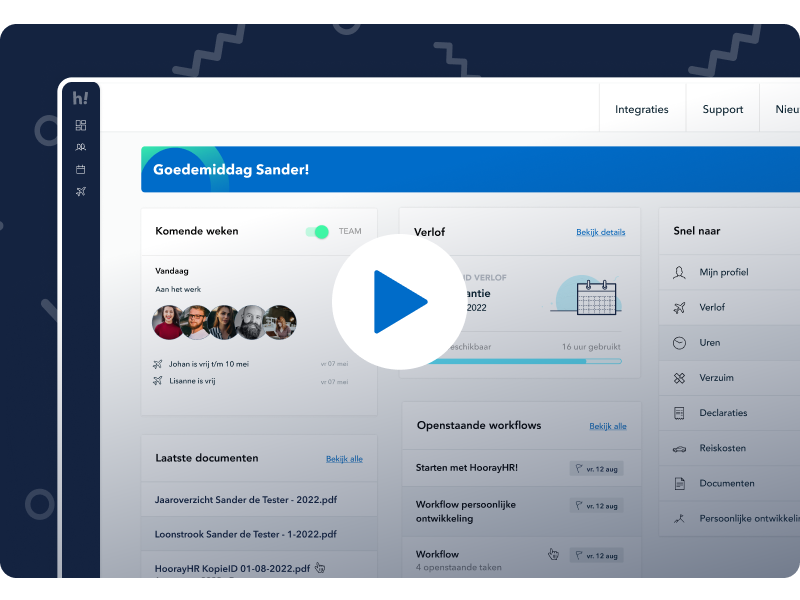Crafting your employee handbook: 3 Best practices
Table of contents
In the ever-evolving landscape of HR management, the employee handbook stands as a beacon of guidance, providing the necessary framework for engaged employees to thrive. This guide explores the best practices for crafting an effective employee handbook that fosters engagement, growth, and adherence to company guidelines.
Define your employee handbook
A handbook should serve as more than just a set of rules; it should be a tool for engagement. Clearly define the purpose of the handbook, emphasising its role in welcoming new hires, setting expectations, and serving as a resource for workers throughout their journey with the organisation. A well-crafted introduction sets the stage for engagement.
Create engaging content
Engaged workforces are more likely to digest and internalise the handbook’s content. Craft the handbook in a user-friendly format, incorporating engaging visuals, real-life examples, and interactive elements. Ensure that the content resonates with your company culture, highlighting the values and principles that drive engagement.
Regular updates to employee handbooks
The handbook is a living document that should adapt to the changing needs of your organisation. Commit to regular updates, ensuring that the handbook remains a relevant and reliable resource. Make it easily accessible to employees through digital platforms or webapps, facilitating their access to valuable information.
Unlock HoorayHR’s power for your employee handbook
Discover HoorayHR’s solutions for crafting and managing handbooks. Streamline the process of creating, updating, and distributing handbooks to your workforce. With HoorayHR, you can even schedule tasks with relevant documents to support your employees on their journey.
Crafting an effective employee handbook is not merely a compliance task; it’s an opportunity to engage and empower your workforce. By following these best practices, you can create a handbook that serves as a guide, a source of engagement, and a testament to your commitment to your workers growth and success.
Disclaimer
Important! Our articles and posts on our website are intended for information purposes and are not binding. They do not constitute full legal advice and are only provided to share information about specific HR topics. The content of this article is not intended to replace binding legal advice that will apply to your specific situation.




